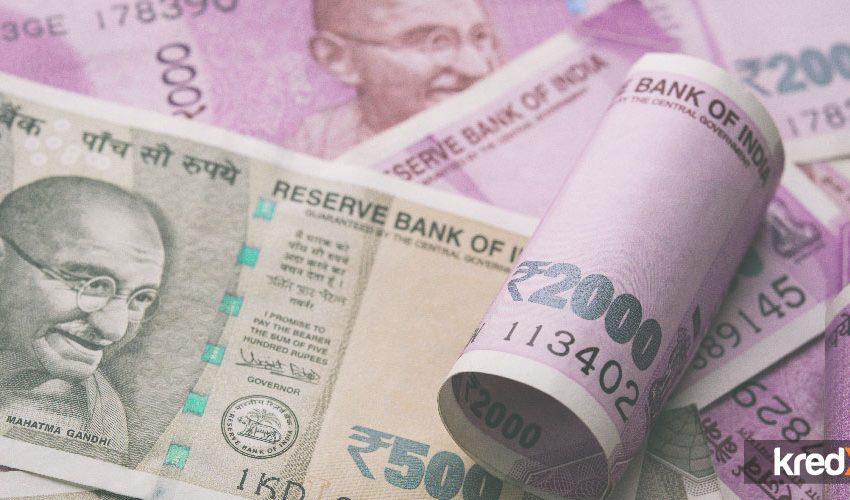
Fintech – Changing India’s Economic Status Quo
India is right now in a transition phase of ‘financial development’. Favourable governmental measures and the nation’s statistical profile have reinforced the foundation to expand on the nation’s development story.
Standing at $2.8 trillion at present, the Indian economy is assessed to join the $5 trillion club by 2024. The push, in fact, is triggered by the burgeoning MSME sector and the latest innovation in the fintech landscape. However, to achieve the five-trillion dollar vision in five years, India’s nominal GDP must grow at 12.4% compounded annually, with an underlying assumption of the rupee-dollar rate remaining stable at around the same level.
Heading into such a situation, it is safe to say that India’s stride to emerge as a financial behemoth in the upcoming years is driven by the paramount role of Fintech and MSME in creating wealth, increasing prosperity among the populace, thereby achieving inclusive growth.
Post the exponential rate of embracing digital payments across India, the introduction of economic reforms like UPI, GST, and insolvency and bankruptcy code to build and nurture a transparent, robust, and healthy ecosystem has put fintech companies in the epicentre of driving growth and development in the nation.
Innovative ideas and products are presumed to be the sole factor in providing growth impetus to the economy and the country as a whole. In economic terms, innovation attributes to the growth and application of ideas and technologies that improve goods and services or rather make production all the more efficient.
Going Up The Innovation Curve
A key component of attaining the ostentatious dream of becoming an economic powerhouse is to facilitate a holistic ecosystem that fosters ease and access to credit for businesses to thrive and grow, ultimately helping the economy develop.
Moving in that direction, creating a strong economic foundation that includes industry stakeholders is considered imperative. Fintech organisations, mainly, will play a critical role in joining the bandwagon of potent innovative drivers in encouraging a foundation that provides the right growth impetus for the economy.
KredX – a leading cash flow solutions provider was established with the sole mission to provide liquidity to credit-deficit businesses by using an asset lying idle in their balance sheet – accounts receivable. As a precursor of the fintech revolution, KredX understood that accounts receivable once appropriately bridled, can curb working capital challenges, thus ensuring business growth. Keeping this at the core, the KredX ecosystem was conceived – to ensure a comprehensive cash flow across businesses and investors.
KredX grew from an invoice discounting company to solving ground-level challenges like early payments technology for corporate treasuries, and CapEx Discounting – a hybrid solution amalgamating the concept of invoice discounting and extended tenures to solve capital expenditure challenges. Today, the KredX suite of products are synonymous to accelerating business growth and providing investors with a one-of-a-kind opportunity to venture into the alternative asset space and generate above-market-returns.
The Bottomline
Driven by an ambitious agenda of $5T economy, the Indian fintech sector is poised to facilitate the required growth curve upwards. The Indian financial regulators have assisted in creating one of the world’s most stable banking and economic frameworks that have cruised past global emergencies. The Government’s effort in solving the liquidity crisis by stepping in with the bankruptcy law and the Bank Boards department is the stepping stone of empowering the Indian economy.
As we step into 2020, we firmly believe that a solid fintech and MSME sector is key in keeping up India’s growth momentum and accomplishing the objective of becoming a financial powerhouse by 2024. Fintechs and MSMEs have demonstrated flexibility in the past in managing such downturns through innovation. And, considering the current situation, it is going to be interesting to perceive how the story unfolds.



